|
|
|
|
|
|
|
APRIL 21, 2022 | ISSUE 22
|
|
|
 |
|
PlanetScope • Athabasca Sand Dunes, Canada • June 6, 2021
|
|
In this week’s issue:
Satellite imagery helps propel the first Earth Day, marching troops are spotted in North Korea, a ship is finally dislodged in the Chesapeake Bay, and a
curious sci-fi-like light phenomenon is explained.
|
|
|
|
|
FEATURED STORY
Earth Day
|
|
On August 14, 1959, NASA’s Explorer 6 snapped a picture of the Pacific Ocean from orbit somewhere over Mexico.
This was the first image taken of Earth from a satellite.
Like a child’s macaroni art project, it’s not all that impressive when compared to the greats, but it’s a momentous achievement nonetheless.
|
 |
|
NASA Explorer 6 • August 14, 1959
|
|
On December 24, 1968, Apollo 8 astronaut Bill Anders spotted a lone sphere of color climbing over a barren moonscape amidst infinite cosmic darkness.
He snapped a frame that would later become the iconic photo named Earthrise.
The photo would help motivate an estimated 20 million people to celebrate the first Earth Day less than 2 years later.
Today, over 1 billion people participate every April 22nd, making it the largest secular
observation in the world.
|
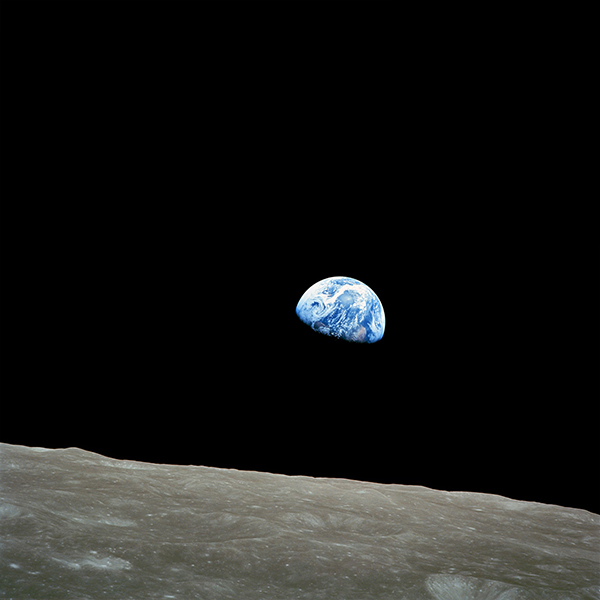 |
|
William Anders, NASA • Earthrise • December 24, 1968
|
|
These photos and a slew of others (Pale Blue Dot, The Blue Marble) framed Earth within a wholly new perspective.
As Carl Sagan said, the entirety of the “history of our species lived there—on a mote of dust suspended in a sunbeam.” These images inspired generations by
showing what was at stake: this beautiful, threatened, finite home of ours.
|
 |
|
Image from Allen Coral Atlas mosaic
|
|
The relationship between imagery and environmentalism is deep-rooted.
It’s hard to care about something that you can’t see.
And despite the political debates and corporate ambivalence that suggest climate change is a question, images reveal the reality.
Clear-cut forests, melting glaciers, a rising atmospheric CO2 line graph—these are a few of the images that have visually defined the changing climate and the growing movement to save it.
|
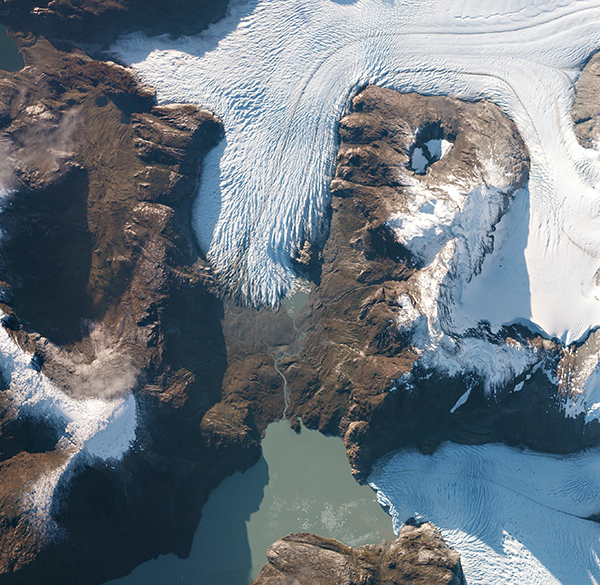 |
|
PlanetScope • Southern Patagonia Ice Field, The Andes • May 22, 2016
|
|
For Earth Day 2022 we wanted to share a selection of images that encapsulate some of the changes we see happening on our planet.
While we capture some alarming sights, we also find beauty in every meter and pixel of the globe.
Pictured: sometimes when you gaze upon Earth, Earth gazes back.
Mauritania’s Richat Structure, also known as the ‘Eye of Africa,’ emerges from the Sahara in optical brilliance.
|
 |
|
RapidEye • Richat Structure, Mauritania • January 20, 2019
|
|
Many of Earth’s most iconic natural features gradually formed over absurdly long periods of time.
But humans are impatient, so we tend to like speeding things up.
And sometimes this pace is truly remarkable, like these smallholder farms being prepared for summer over a 3-day period.
|
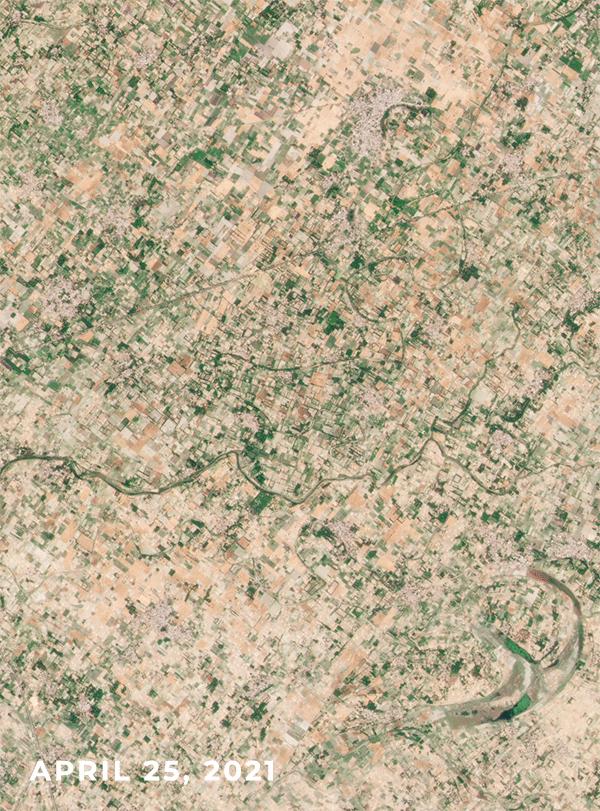 |
|
PlanetScope • Ghaghara River, India • April 25 - 27, 2021
|
|
|
Other changes are more sudden, dramatic, and terrifying.
In many ways, Earth is becoming a liminal space as it transitions from the Earth our species is accustomed to to something unusually new.
|
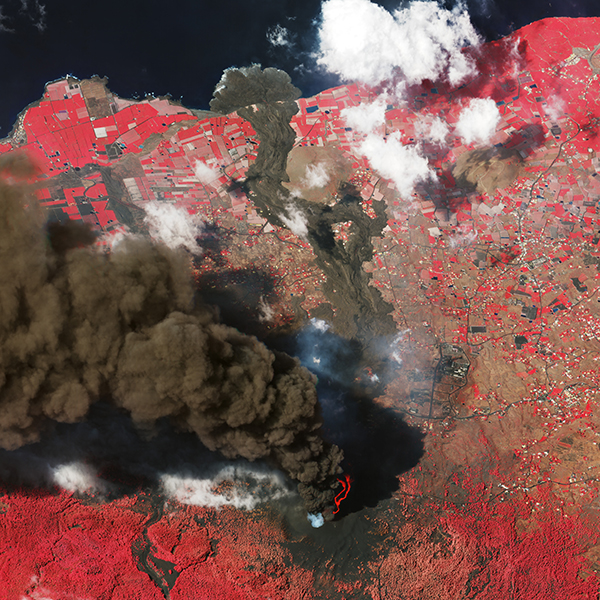 |
|
SkySat • Cumbre Vieja, Canary Islands, Spain • October 4, 2021
|
|
The thing is, Earth has always been in flux and will be until it’s consumed by the sun (just some Thursday scaries for you).
And that’s alright.
Earth’s problem isn’t that it’s changing, it’s how we’re changing it.
The good news is that we can even change that.
|
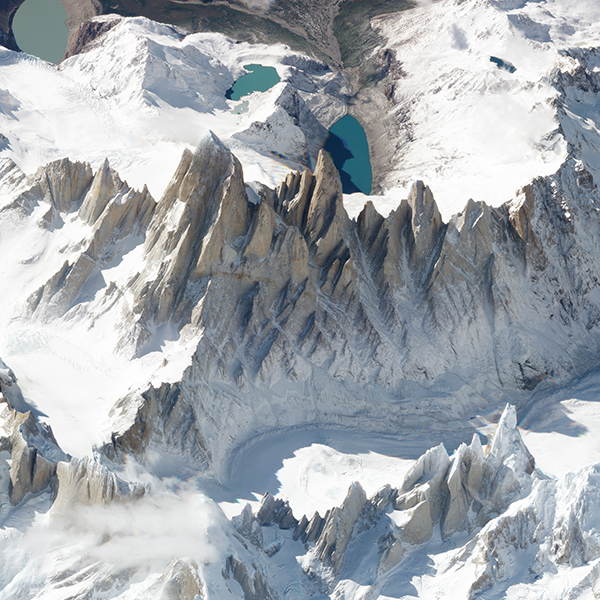 |
|
SkySat • Mount Fitz Roy, Patagonia • March 19, 2018
|
|
You can’t lose weight if you don’t know your caloric intake and you can’t manage your finances if you don’t know how much you’re spending.
Changing habits begin by measuring what’s happening.
Space has been a critical area for Earth data collection since humans first started launching satellites into orbit.
And despite being a vacuum, it’s filled to the brim with possibility.
|
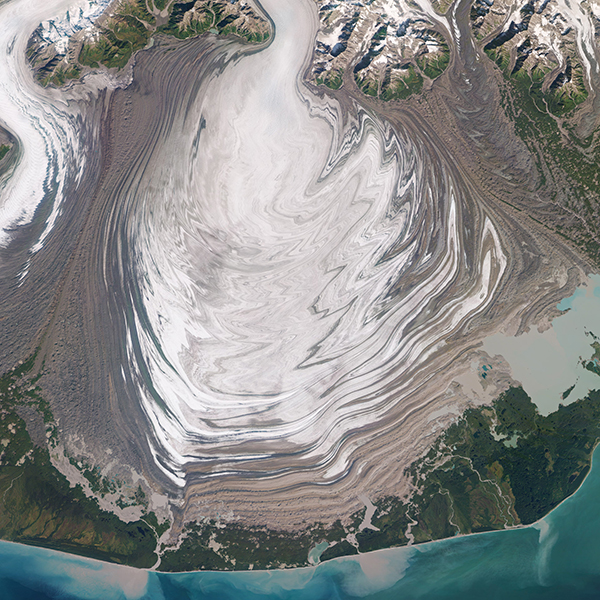 |
|
RapidEye • Malaspina Glacier, Alaska, USA • September 9, 2018
|
|
Sometimes you learn more about things the farther away you get.When thinking about space we often aim our gaze outward toward distant stars and life on other planets, but we believe space
offers the opportunity to look inward at life here on this fragile planet.
The theme of Earth Day 2022 is “Invest In Our Planet.” The overall message this year is to put your money where your mouth is.
It turns out it takes a lot of green to help build a green economy.
|
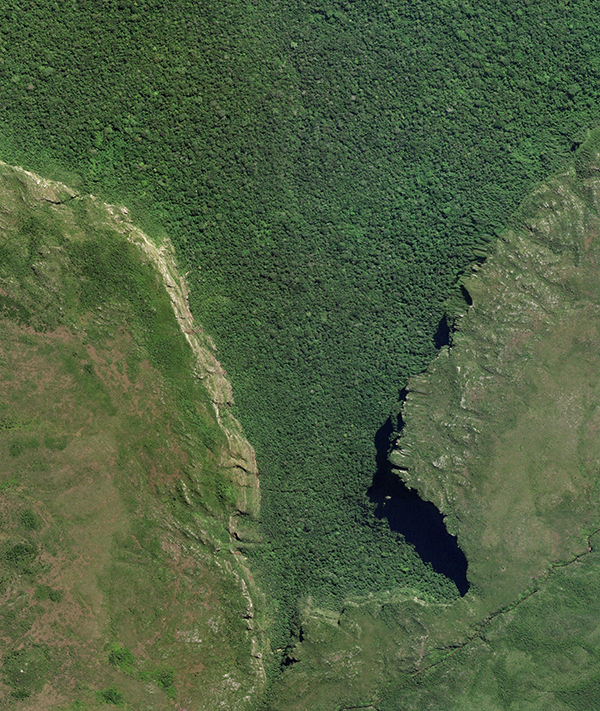 |
|
SkySat • Rondônia, Brazil • April 30, 2021
|
|
It’s somehow a controversial statement but we think Earth is pretty extraordinary and worth saving.
It’s why many of us work in the space and Earth observation industry.
Our tech is better and our cameras see more than they did decades ago, but we still get that same rush of wonder when we see that distant perspective of our planet.
Happy Earth Day, and remember to enjoy this beautiful “mote of dust” we call home.
|
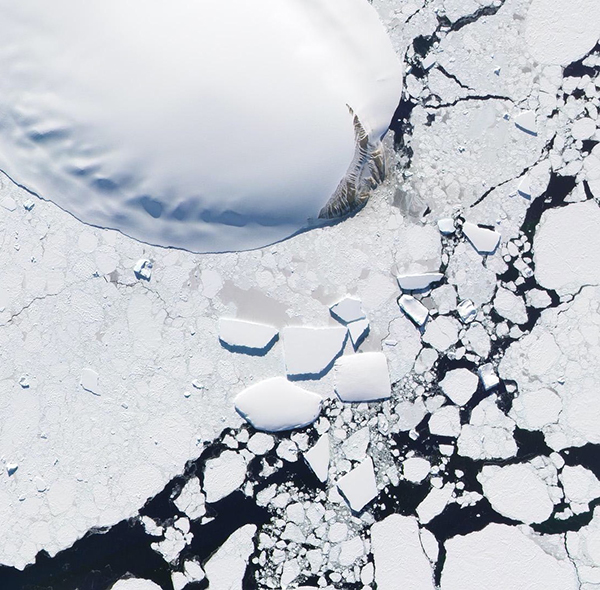 |
|
PlanetScope • Robertson Island, Antarctica • April 2, 2019
|
|
"We came all this way to explore the moon, and the most important thing is that we discovered the Earth." — Bill Anders.
|
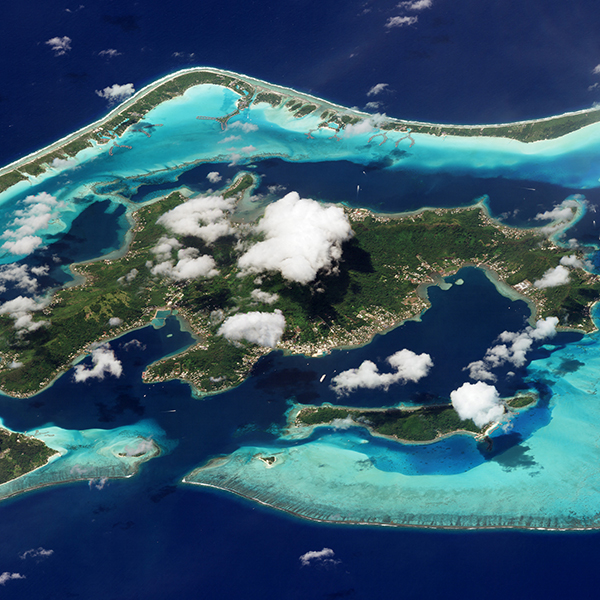 |
|
SkySat • Bora Bora, French Polynesia • March 9, 2019
|
|
|
|
North Korean Parade
|
|
Humans are small, at least from space.
Meaning it’s not often that we get to see them in satellite imagery.
So we find it pretty interesting when we do.
NK News correspondent Colin Zwirko spotted soldiers gathered in preparation for a military parade last Sunday.
He estimates that there’s a total of 12,000 people in the image with each block containing units of 288.
|
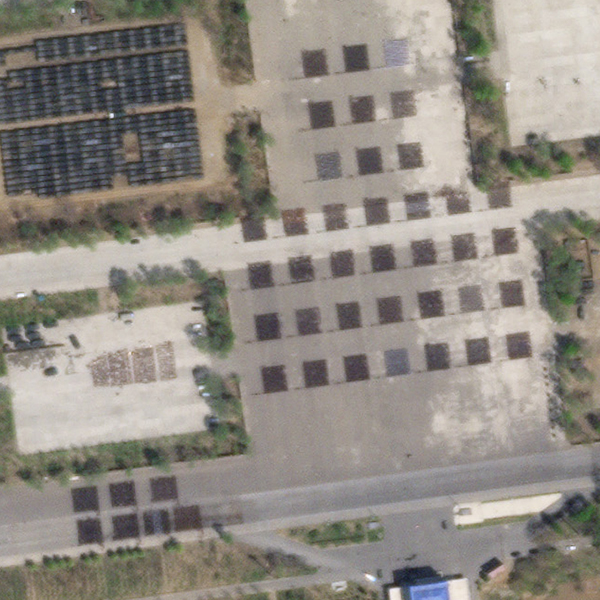 |
|
SkySat • Pyongyang, North Korea • April 17, 2022
|
|
|
|
|
|
Ever Forward
|
|
Fast forward a month from when we captured it last, and the second Evergreen Marine Corp.
ship has finally been dislodged after being stuck for a comically long time.
The Ever Forward ship was freed from its hold in Chesapeake Bay after hundreds of containers were removed and a full moon helped out with a high tide.
Its sister ship, the Ever Given, made headlines last year after it got stuck in the Suez Canal.
It’s not often you need help from both the U.S.
Coast Guard and planetary cycles to get out of a predicament.
|
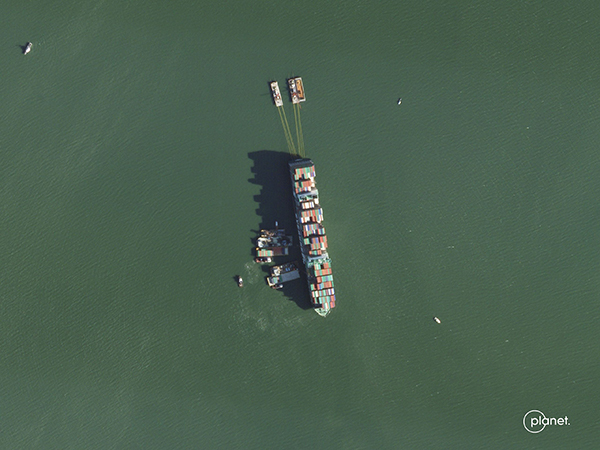 |
|
SkySat • Chesapeake Bay, Maryland • April 14, 2022
|
|
|
|
|
|
Satellite Explainer: Specular Highlights
|
|
Every once in a while our satellites capture an image with a brilliant streak of light, almost like a laser pointer blasting up to space.
This sci-fi-like phenomenon has a rather simple explanation though.
It’s called a “specular highlight” and it occurs when a surface reflects light at just the right angle to become mirror-like.
For satellites, this happens most often when sunlight is reflected at a particular angle off a surface like water, glass, or a mirror itself.
|
|
|
|
|
|
Specular highlights captured in PlanetScope data
|
|
A good example of this can be seen in this image of South Africa’s Khi Solar One thermal power plant.
Some of the 4,120 mirrored heliostats that reflect sunlight to the solar tower are just a touch out of position.
|
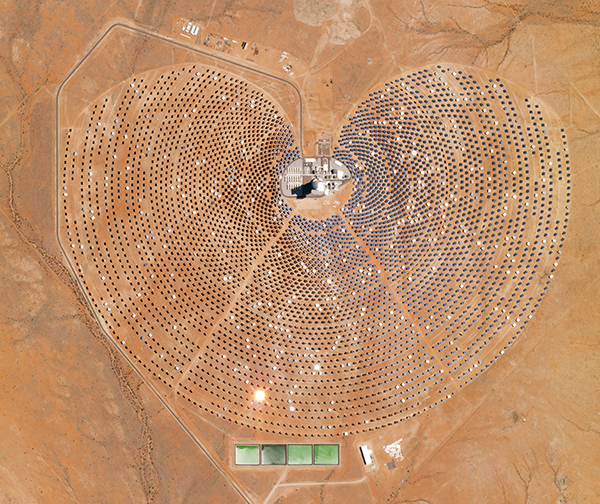 |
|
SkySat • Khi Solar One, South Africa • November 11, 2017
|
|
You can see light reflect off these errant surfaces at different angles.
And one of them—the mirror just above what appears to be a correct Wordle guess—is aligned right at the satellite’s sensor, creating a spectacular specular highlight.
|
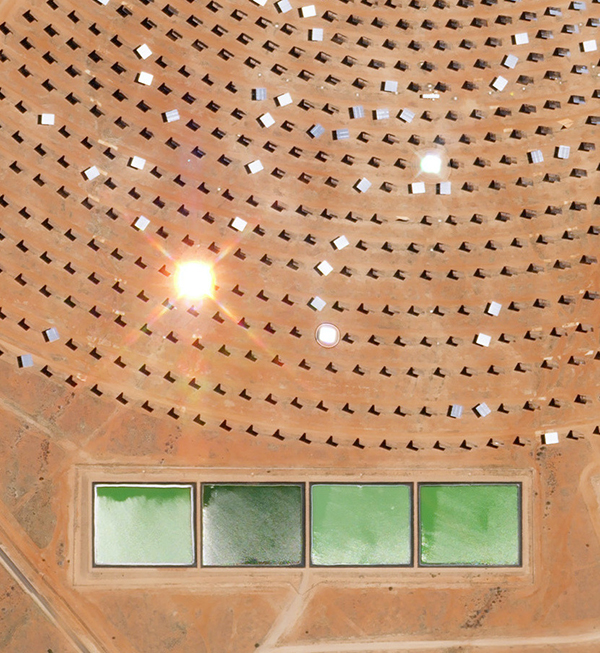 |
|
SkySat • Khi Solar One, South Africa • November 11, 2017
|
|
|
|
|
|